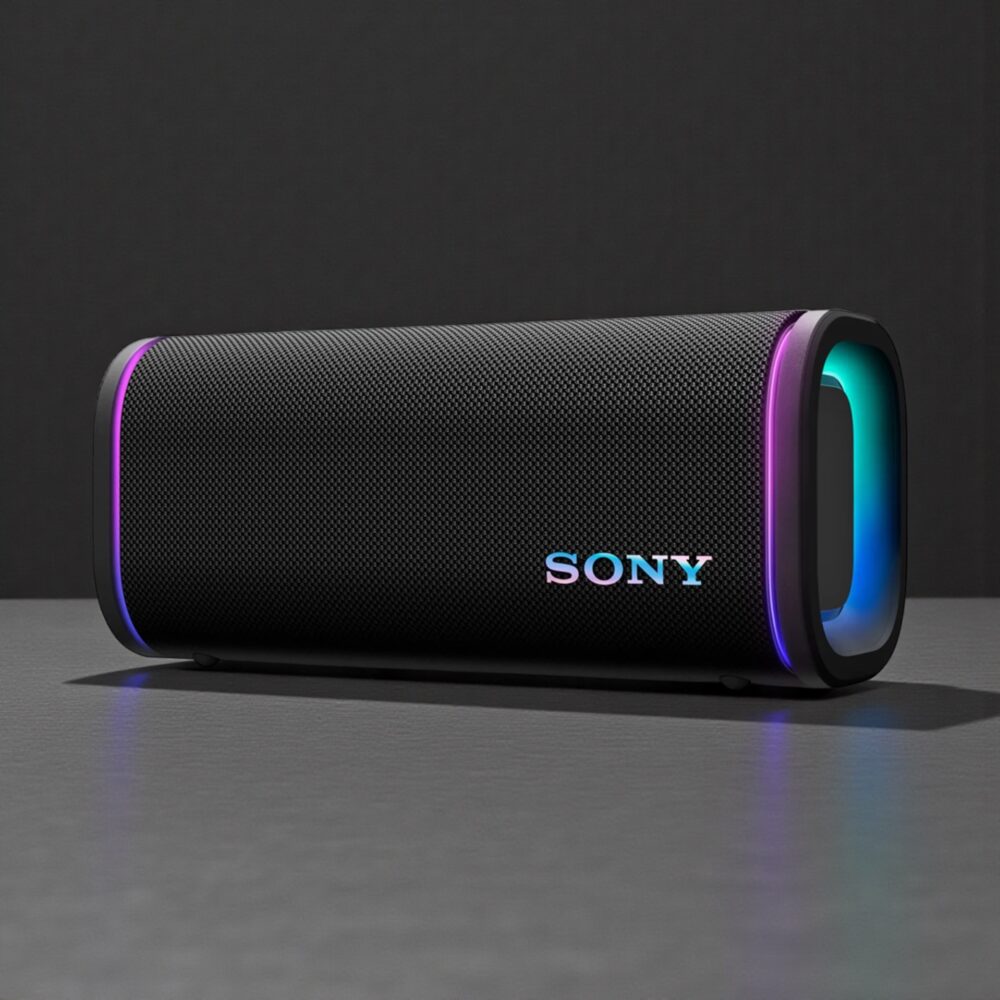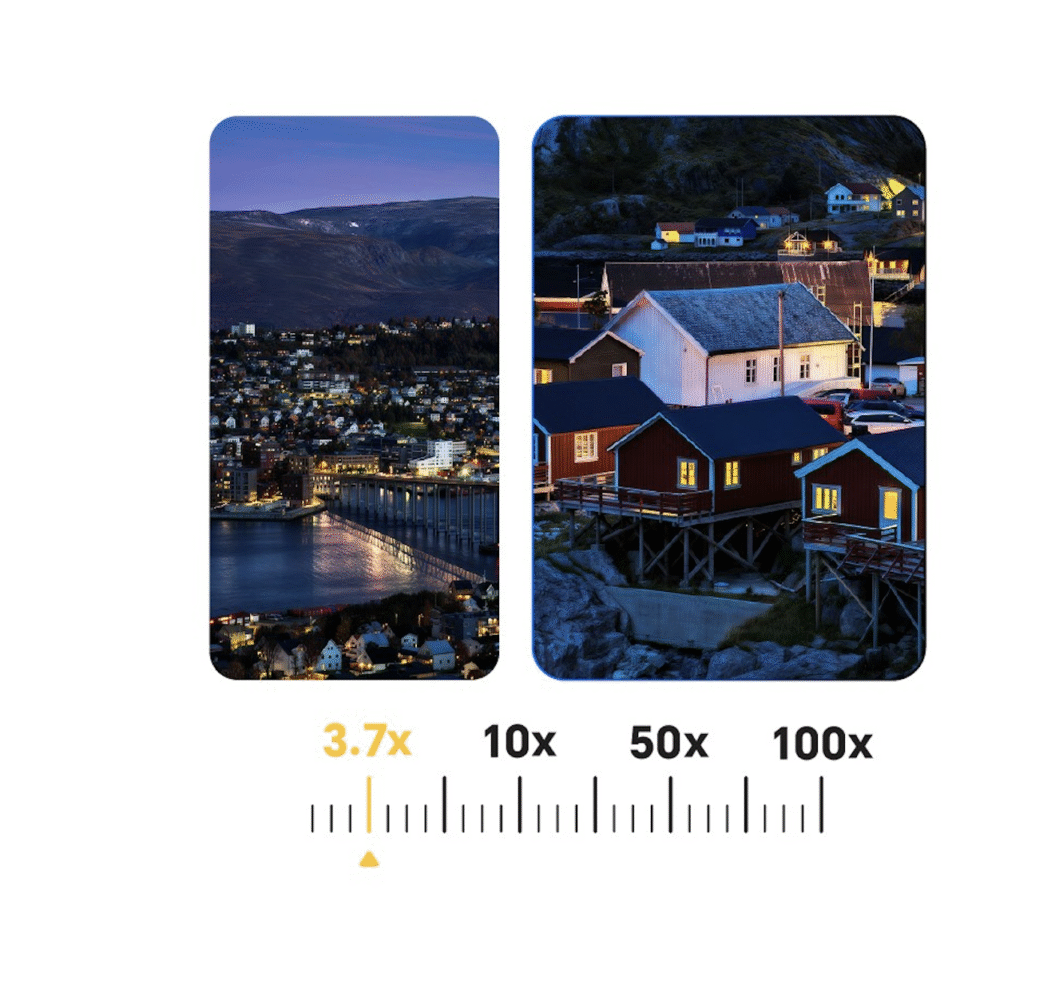Microsoft’s controversial Recall feature has returned—again. Billed as a productivity tool that helps users “remember” their activity by taking regular screenshots for AI-powered searching, Recall has been repeatedly paused and reintroduced following widespread privacy concerns. Now back in what Microsoft claims is its final form, the feature is sparking renewed interest in how users can disable it—preferably for good.
Recall works by automatically capturing and storing snapshots of your screen throughout the day. These can include everything from personal messages to financial information, all accessible through an AI assistant trained to help you find “what you saw” earlier. Despite updates that now allow apps and websites to opt out of screenshot logging, critics argue that the feature remains risky—especially since early builds stored sensitive data in unencrypted files, accessible to any application on the system.
Microsoft now sets Recall to “off” by default and provides a switch in the Settings app to disable it. But as Windows users know, default settings and toggles don’t always stay put after major updates. For users looking to take a more permanent approach, there are system-level options—especially if you’re running Windows 11 Pro or higher.
Disabling Recall on Windows 11 Pro
The most reliable way to shut down Recall on Pro, Enterprise, or Education editions of Windows 11 is through the Local Group Policy Editor. This method is often used in enterprise environments to enforce privacy and compliance settings and is unlikely to be reversed by a future update.
Here’s how to disable Recall via Group Policy:
- Press Windows + R to open the Run dialog.
- Type
gpedit.mscand press Enter. - Navigate to:
User Configuration > Administrative Templates > Windows Components > Windows AI - Find the setting “Turn off saving snapshots for use with Recall.”
- Double-click the setting, select Enabled, then click OK.
Once applied, this should fully prevent Recall from taking and saving screen snapshots, regardless of future updates.
Workarounds for Windows 11 Home Users
If you’re using the Home edition of Windows 11, Group Policy Editor isn’t available. However, Recall depends on specific system requirements, including biometric authentication and device encryption. Disabling either can prevent Recall from functioning.
To remove biometric sign-in:
- Open Settings > Accounts > Sign-in options
- Under each biometric method (like Windows Hello), click Remove
To disable device encryption or BitLocker:
- Go to Settings > Privacy & security > Device encryption
- Turn off device encryption if the option is available
Caution: Disabling these features reduces system security, especially on portable or shared devices. Only take this step if you’re aware of the risks and have alternative protections in place.
Alternatively, if your PC doesn’t meet Recall’s hardware requirements—such as a neural processing unit (NPU)—the feature won’t run at all.
Rethinking Privacy on Windows
Whether you view Recall as helpful or invasive depends on how much trust you place in Microsoft’s implementation. But for those prioritizing privacy and control, turning off Recall is just one step. Adjusting telemetry settings, limiting app permissions, and staying aware of system-level changes after updates are all part of maintaining a secure setup.
Users interested in even more control may consider switching to alternative operating systems like Linux, which offer transparency and configurability at the cost of a steeper learning curve.






